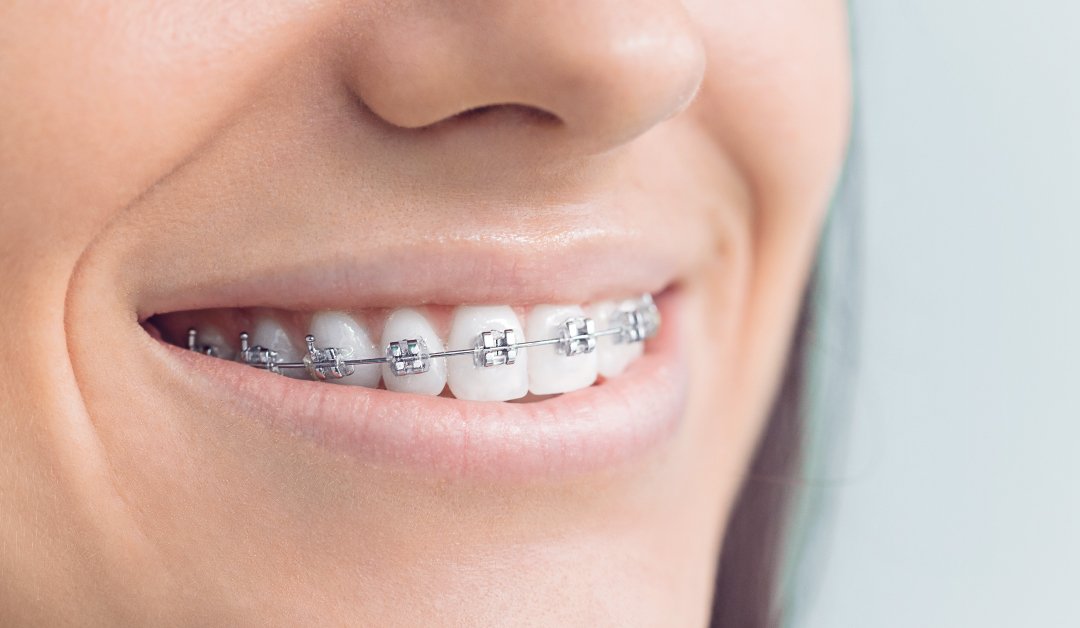When it comes to children’s dental health, timing can make all the difference—especially when it involves braces. A common question that parents ask is, “What is the best age for teeth braces?” Pediatric dentists agree that early evaluation is crucial, but braces aren’t always needed immediately. In this article, we explore expert insights from pediatric dentists on the ideal age for braces, along with the process, benefits, and what to expect after treatment. If you’re wondering when to act, this guide is designed to help you make an informed, timely decision.
Why Braces Are More Than Just Cosmetic
Braces aren’t just about straight teeth—they’re about long-term oral health. Misaligned teeth can lead to:
- Jaw pain
- Speech difficulties
- Difficulty chewing
- Increased risk of tooth decay and gum disease
Early detection and treatment can correct these issues before they become severe, which is why pediatric dentists emphasize proactive care. But the big question remains: What is the best age for teeth braces?
What Pediatric Dentists Recommend
1. First Orthodontic Evaluation: Age 7
According to the American Association of Orthodontists (AAO), children should have their first orthodontic evaluation by age 7. At this age, the child has a mix of baby and permanent teeth, making it easier to identify issues such as:
- Overbite or underbite
- Crossbite
- Crowded teeth
- Excessive spacing
This doesn’t mean braces are applied immediately. Pediatric dentists and orthodontists use this time to monitor growth and determine the best age for teeth braces based on the child’s development.
2. Ideal Braces Age: 10 to 14 Years
Most children get braces between ages 10 and 14, when the mouth and jaw are still growing and permanent teeth have come in. This age range allows for easier manipulation of the teeth and jaw structure, leading to quicker, more effective results.
Types of Braces Pediatric Dentists Recommend
Braces are no longer one-size-fits-all. Pediatric dentists offer several options depending on a child’s needs:
- Traditional metal braces: Durable, effective, and ideal for complex cases
- Ceramic braces: Less noticeable, popular among image-conscious teens
- Invisalign (clear aligners): Suitable for mild to moderate corrections in older children and teens
The type of braces can influence not just aesthetics but also treatment time and comfort. Pediatric dentists tailor the solution to both clinical and emotional needs of the child.
Factors That Determine the Best Age for Braces
So, what is the best age for teeth braces really? The answer depends on several factors:
- Jaw development: Braces are more effective while the jaw is still growing.
- Tooth eruption: If most permanent teeth have come in, it’s the right time.
- Severity of misalignment: Complex issues may need early intervention.
- Child’s maturity: Braces require daily care and responsibility. Pediatric dentists often evaluate a child’s readiness before proceeding.
Benefits of Braces at the Right Age
Choosing the right age for braces maximizes their effectiveness and reduces long-term dental problems. Key benefits include:
- Faster treatment time
- Lower risk of needing extractions or surgery later
- Better facial symmetry and jaw alignment
- Improved oral hygiene
- Boost in confidence and self-esteem
Aligning the teeth during growth years creates a stronger foundation for lifelong oral health.
Braces Process: What to Expect
1. Consultation & X-rays
Your child’s pediatric dentist or orthodontist will begin with an exam, photos, and X-rays to understand the alignment.
2. Treatment Plan
A custom treatment plan is created, including the type of braces, estimated duration (usually 12–24 months), and care instructions.
3. Braces Placement
This usually takes about 1–2 hours. Children may experience some soreness for a few days.
4. Follow-up Visits
Monthly adjustments are scheduled to gradually shift the teeth into place.
Post-Treatment Care: A Critical Phase
Even after braces come off, the journey isn’t over. Pediatric dentists emphasize post-care for lasting results.
Retainers
Wearing retainers is crucial to keep teeth in their new positions.
Oral Hygiene
Regular brushing, flossing, and dental visits should continue to avoid relapse or cavities.
Monitoring
Follow-up checkups ensure everything stays aligned and healthy.
Common Parental Concerns Addressed
Is 7 too young for braces?
Not necessarily. Age 7 is for evaluation, not for starting treatment. It helps spot issues early.
Can teens get braces later?
Yes, braces are effective even into the late teens. But earlier treatment often means easier correction.
Are braces painful?
Mild discomfort is normal, especially after adjustments, but it’s manageable with pain relievers and a soft diet.
Conclusion: Start Early, Smile Confidently
Understanding what is the best age for teeth braces is essential for setting your child up for a lifetime of dental health and confidence. Pediatric dentists agree that early evaluation—around age 7—followed by treatment between 10 and 14 years, offers optimal results. With proper planning, monitoring, and post-care, braces can be a transformative experience for your child.
If you’re unsure whether your child is ready, consult a pediatric dentist today. The perfect smile begins with the perfect timing.





Comments